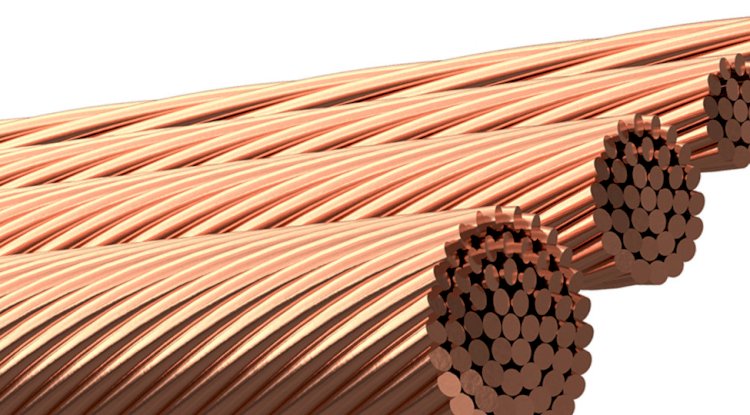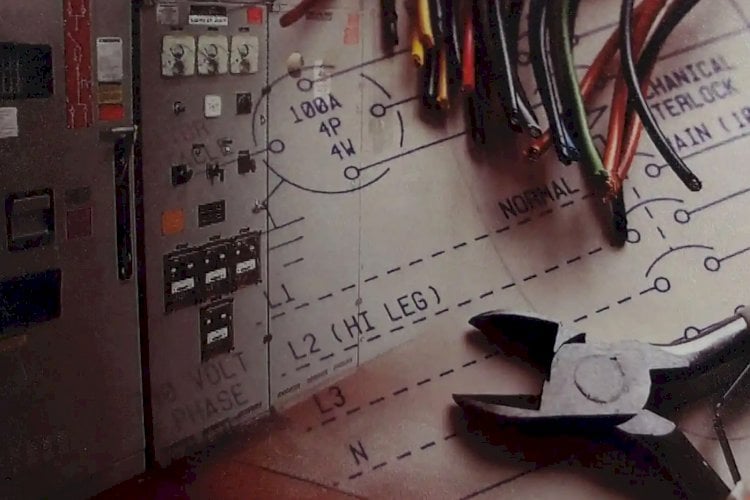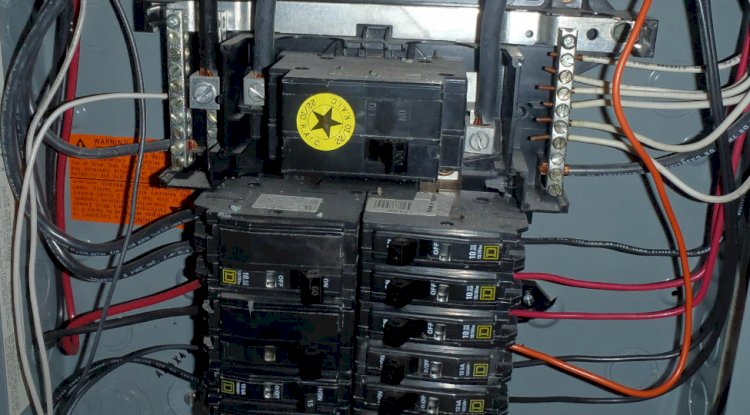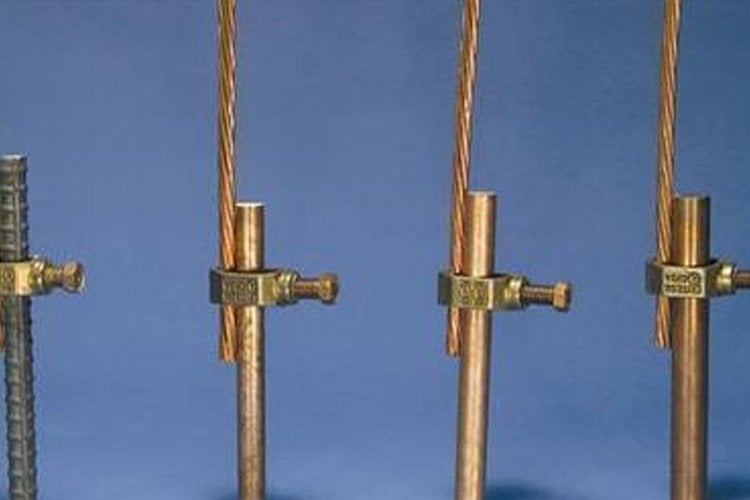Sourav Asked:
A client is asking for an insulated copper conductor on a ground grid at a depth of 2’ from the grade level instead of bare copper due to corrosion issues. We are trying to model and analuze the grounding system using SKM Ground Grid software which does not differenciate between insulated & bare conductors. Per IEE Std. 80-2000, grounding grids must be bare copper conductor (refer to clause # 3.16 & 9.4.c of IEEE Std. 80-2000). Please let us know if insulated copper conductor can be issued for ground grid.
Our Answer:
No. You may not use insulated wire for your below-grade ground system. This would be a clear violation of every imaginable code, standard, and regulation, including the National Electrical Code (Article 250.52(4) and numerous others) and the Canadian Electrical Code.
Why even put the grid in the earth if you’re going to use insulated wire?
There are a number of things that can be done in regards to soil corrosion. First of all, you should compare your soil resistivity numbers against a Geological Corrosivity Rating Chart. This will tell you the risks that are involved. Second, you can use a light coating of bentonite clay (drillers mud) around the conductors when you install the grid. When the trench is open, simply spray a light coat of this natural earth clay on the copper conductors, and you will help to protect the copper. Third, make sure that you compare all materials against the Anodic Index so that you don’t accidently get dissimilar metals together. Fourth, you can always install a DC Rectifier system to reduce corrosion rates. Fifth, you may want to consider using electrolytic grounding rods for your earth pits. And of course, a properly computer modeled grounding grid can insure that your ground system does not suffer from electrical overstress that can rapidly increase corrosion rates.
The Engineering Experts at E&S Grounding Solutions





